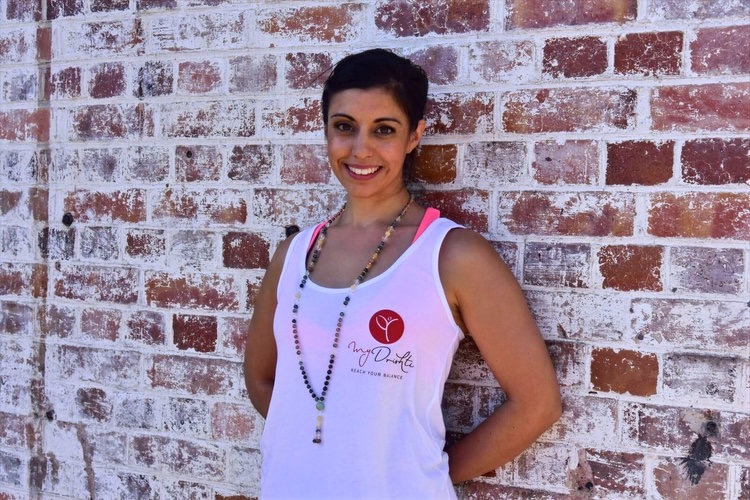

3 min read


With the demand for Kids Yoga Teachers on the rise, we're seeing many yoga teachers who are not appropriately trained teaching yoga and mindfulness to children. Some companies even promoting they offer pre-made class plans as 'enough training.' Our children deserve better.
Are you currently teaching yoga, breathwork or mindfulness to kids? Did you know Kumbhaka (retention of breath) is not suitable for children? Did you know four cycles of a specialised breathing technique is the maximum recommended cycles children should be practicing at a young age?
Here's why...

Pranayama is an ancient practice of breath control in yoga, offering numerous benefits for adults, including stress reduction, improved respiratory function, enhanced mental clarity, cultivating heightened intuition and more! However, when it comes to children, instructors must be appropriately trained and caution should be exercised. While some simple breathing exercises are beneficial, traditional pranayama techniques are not suitable for children.
Here's why:
Children's respiratory systems are still developing, and their lung capacity differs significantly from that of adults. Introducing full pranayama techniques prematurely strains their developing respiratory organs, potentially causing discomfort, distress and long-term damage and breathing difficulties.
Pranayama involves carefully manipulating the breath in various ways, including extended breath retention and rapid breathing patterns. Children do not yet have the same level of breath control or awareness as adults, increasing the risk of imbalance in the body's oxygen and carbon dioxide levels, dizziness and hyperventilation.
"Breath is the interface between mind and body. By learning to change the pattern of breathing, we can alter our emotional and physical state." Dr. Patricia Gerbarg
Pranayama practices have the potential to trigger altered states of consciousness and evoke profound emotions, including those tied to past emotional trauma. For children, these encounters can be daunting and alarming. They may interpret these experiences differently and find it challenging to manage the intense array of feelings and emotions, potentially resulting in anxiety and emotional distress.
Many pranayama techniques require sustained attention and concentration, which may be challenging for young children as they have limited and varying attention spans. When instructors lacking proper training encourage children to engage in practices beyond their capacity, not only can this lead to harm as noted above, but also frustration, distress and disengagement from yoga entirely.
Pranayama is a powerful tool. Without proper guidance from a qualified Kids Yoga Instructor experienced in teaching yoga to children, there is a risk of employing improper age-appropriate techniques and overexertion, potentially leading to injury or adverse effects on physical and mental well-being.
While introducing children to mindfulness practices and simple breathing exercises can be beneficial for promoting relaxation and emotional regulation, it is essential to approach pranayama with caution under the guidance of an appropriately qualified Kids Yoga Teacher or Kids Yoga Therapist. Parents and educators should prioritise age-appropriate yoga activities that focus on play, movement, and simple breath awareness rather than pranayama techniques. Additionally, consulting with a certified yoga instructor specialising in children's yoga can help ensure that any yoga practices introduced are safe and suitable for children's unique needs and developmental stages.
While pranayama holds immense value for adults, it's important to recognise the potential risks and limitations when considering its application in children's yoga practices. By prioritising safety, age-appropriateness, and informed guidance, we can create a nurturing environment where children can explore the benefits of yoga alongside self-regulation, while safeguarding their well-being and development.
If you're currently teaching yoga and mindfulness to children and are not yet appropriately trained by a reputable organisation please invest in specialised training to support children appropriately. The minimum training requirement under the guidance of Yoga Alliance is Level 1 Yoga Teacher Training, plus a 95 hour certified Kids Yoga Teacher Training with a Registered Children's Yoga School.
If you're interested in learning about our 100 hr Kids Yoga Teacher Training course, feel free to reach out, or head to:
IN-PERSON: Taking expressions of interest for 2024 in-person, please have a browse through the info online and register your interest by emailing namaste@myDrishti.com.au
Our children deserve better



Comments